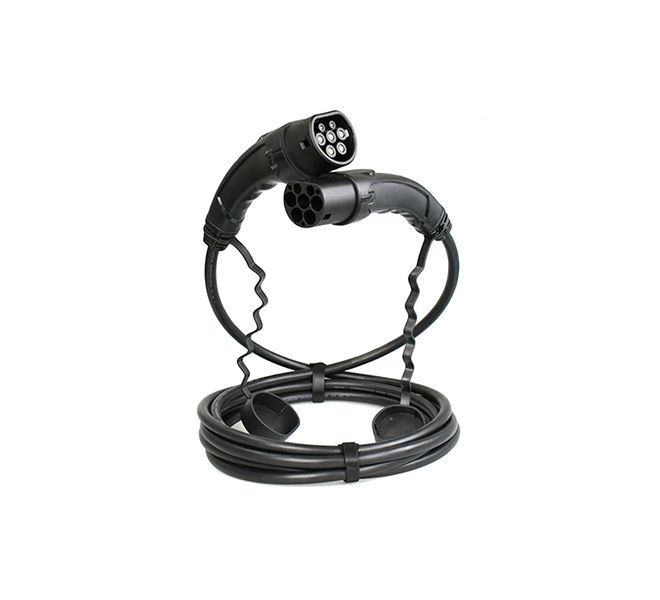Time:2025-05-16 Views:1 source:News

With the continuous miniaturization trend in the electronics industry, the miniaturization design of PCB spring pins has become a key area of research and development. Miniature spring pins are required to meet the demands of compact electronic devices, such as wearable devices, medical implants, and miniaturized sensors, where space is at a premium.
The miniaturization design of spring pins presents several challenges. One of the main challenges is maintaining the mechanical and electrical performance of the pins while reducing their size. As the dimensions of the pins decrease, it becomes more difficult to ensure sufficient contact force, electrical conductivity, and mechanical strength. To address this, innovative designs and materials are being developed. For example, new geometries, such as micro - coiled springs and ultra - thin - walled tubes, are being explored to achieve high - performance in a small form factor. Advanced materials with excellent mechanical and electrical properties, such as nanomaterials and composite materials, are also being investigated for use in miniature spring pins.
Another challenge in miniaturization design is the precision manufacturing of the pins. Miniature spring pins require extremely high - precision machining and assembly processes to ensure accurate dimensions and proper functionality. Micro - machining techniques, such as micro - milling, micro - turning, and micro - injection molding, are being refined to produce spring pins with micron - level tolerances. Additionally, the development of advanced inspection and measurement technologies, such as scanning electron microscopy (SEM) and atomic force microscopy (AFM), is essential for quality control during the production of miniature spring pins.
The miniaturization design also needs to consider the integration of spring pins with other components on the PCB. As the size of the pins decreases, it becomes more important to ensure seamless integration with the PCB layout and other electronic components. This requires careful design of the pin - pad interface, as well as the development of new packaging and assembly techniques. For example, flip - chip bonding and 3D integration technologies are being explored to enable the compact and reliable integration of miniature spring pins in modern PCBs.
Furthermore, the miniaturization of spring pins has implications for their electrical performance. At smaller scales, factors such as parasitic capacitance, inductance, and resistance become more significant, and special design considerations are needed to minimize their impact on signal integrity. Simulation and modeling tools are being used to predict and optimize the electrical performance of miniature spring pins, helping designers to achieve the best balance between size, performance, and reliability.
Read recommendations:
American standard to national standard charging gun adapter
Precision connection Pogo Pin Connector
Reliable batch supplier for magnetic connectors